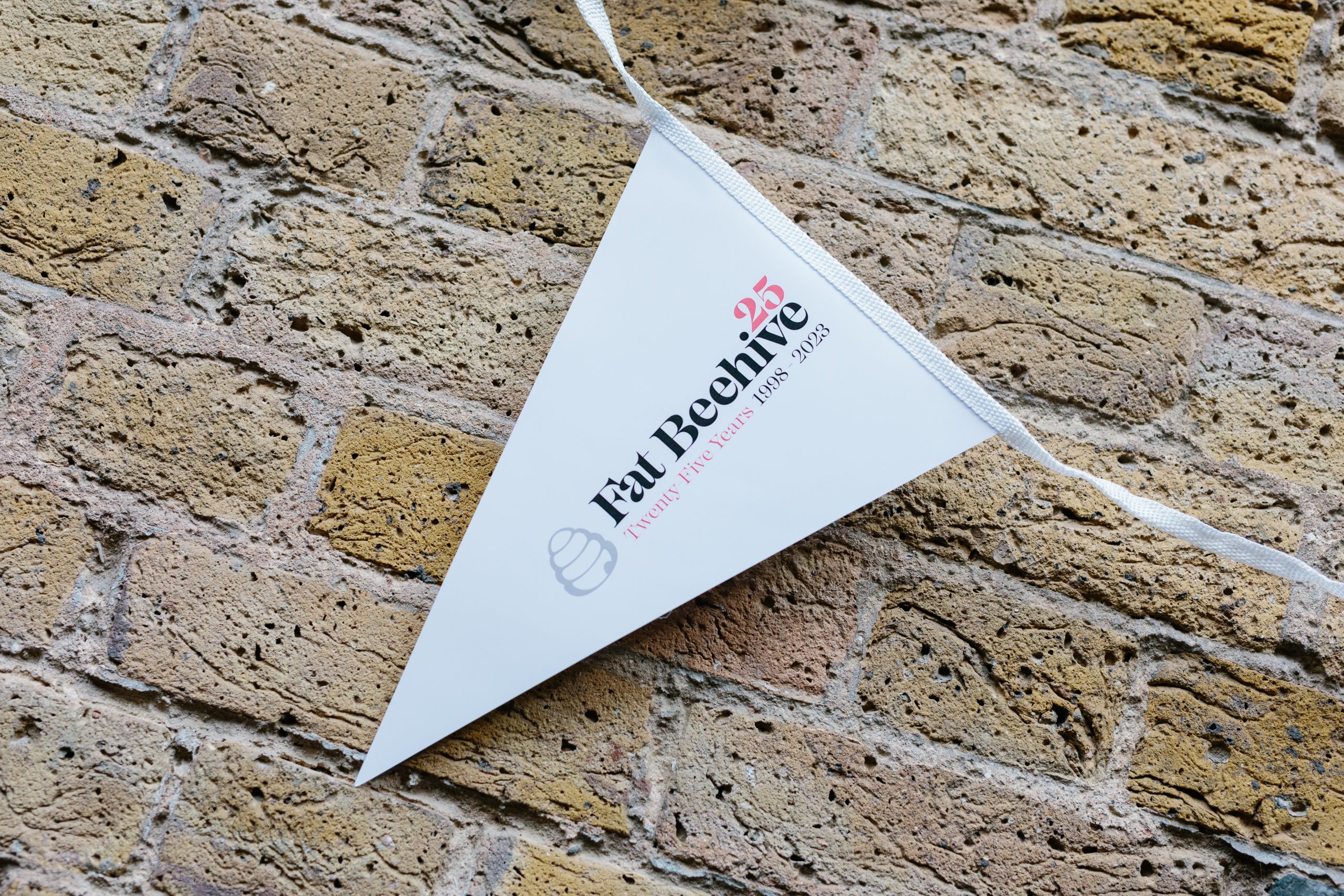
As well as some luck in website design, success comes from careful planning and meticulous testing. Leave as little to chance as possible by adding a little science to the artform: A/B testing – sometimes referred to as split testing.
If you were to survey everyone who left your website without making a donation as to why they didn’t contribute, even they probably wouldn’t be able to give you a satisfactory answer. If you were to ask the same non-donator whether a change in the copy, colour or layout would have changed the decision, the chances are they’d be utterly bemused. Nobody likes to think of themselves as that easily influenced.
On aggregate though, little changes, or ‘nudges’, can make a huge difference to conversion – whether that conversion is a conventional online checkout or a donation to charity. With enough volume, the difference between a 2.5% and 3% conversion rate could be enormous.
And this is where A/B testing comes in. Unbeknownst to them, visitors to your site are funnelled into different versions of the page, while their behaviour – where they click, how long they read, what they see – is measured. Once enough people have been through each version, you have data to prove that your hunch was either completely off or thoroughly vindicated. If it’s the latter, you can integrate the improved version for all, and move on to the next test.
Real-life improvements
For an idea of the kind of improvements small, seemingly minor changes can make, take a look at this case study from games site IGN. Changing the lead image on the main story boosted clickthrough by 11%, a headline tweak saw a 50% increase and moving the “Subscribe on YouTube” button slightly boosted clickthrough by a jaw-dropping 264,000%. No, that isn’t a typo.
In the charity sector, of course, half the battle is about keeping you in potential donors’ minds, and getting them on a mailing list is an invaluable tool for this goal. So take heart in the change of copy that boosted IGN’s subscriptions by 31%.
Pioneers of using psychological nudges, the Behavioural Insight Team has pioneered split testing towards better outcomes for government services, online and offline – from getting more people to pay their council tax on time to reducing water consumption.
It’s not hard to see how this could help nonprofits, and there are plenty of case studies out there. Optimizely is one of the better known A/B testing outfits, and it has success stories for Cancer Research UK (294% clickthrough increase), Movember (75% more email shares) and charity: water (30% increase in average donation size) on its site.
You might think that human behaviour would be easy to guess and that your hunch is right. Well, here’s an opportunity to put your money where your mouth is: the website Guess the Test shows you a whole bunch of real-life A/B tests and has you predicting which one won. I suspect you’ll be surprised at some of the outcomes.
What’s the catch?
There are a few caveats before you get too excited. Firstly, A/B testing is limited to factors within your control – in other words, it has to be on your website, because you can’t play around with Facebook’s layout, for example (although you can rest assured they’ve already split-tested the Hell out of the site). But you can split test your ads or promoted posts to optimal results with very little investment.
Secondly, you need a certain volume of visitors for A/B testing to be worthwhile, and to make it statistically significant: a hundred or so will give you a starting idea, but thousands is better for obvious reasons. Thirdly, it can be a slow process, requiring a fair amount of time and patience. That’s because you don’t want to test too many variables at once, as it’ll then be near impossible to tell which change did what.
Finally, A/B testing can be expensive. The professional packages – which allow you to drag bits around websites on the fly without any coding knowledge and have full-time experts on hand to help you – can cost thousands of pounds per year. That’s a tough sell to charities which obviously don’t have the same profit motive as businesses, though it’s worth seeing if you can secure a nonprofit discount from anywhere.
Enter Google
But even if you can’t, all is not lost. In 2017, Google made its Optimize software available free of charge. It’s built on top of Google Analytics, so if you already use that, it’s easy to add in, and once in place, you shouldn’t need much help from your tech team, thanks to Google’s built-in visual editor. This allows you to modify everything on your site with just a simple drag and drop interface, and then see how effective the changes are. If they’re bona-fide improvements, keep them. If they’re not, revert to how it was.
So what should you try first? The limit is essentially your imagination: you could mix up the navigation (is a side navigation bar better than one at the top of the site?) or make more subtle changes like changing the colours, copy or images. It may sound a little mechanical, but a difference as simple as a child smiling or the same child frowning could make a noticeable difference to donation sizes, or whether or not a visitor donates at all.
What’s very clear is that you won’t know what works until you give it a try. Not everything will work, and you won’t understand why some things succeed while others fail, but with serious improvements to donations as a genuinely likely outcome, you have nothing to lose but everything to gain.
—
Visit us at the Third Sector’s Fundraising Conference in ILEC Conference Centre, London Wednesday 22nd and Thursday 23rd May to hear more and for a 5-minute website MOT

